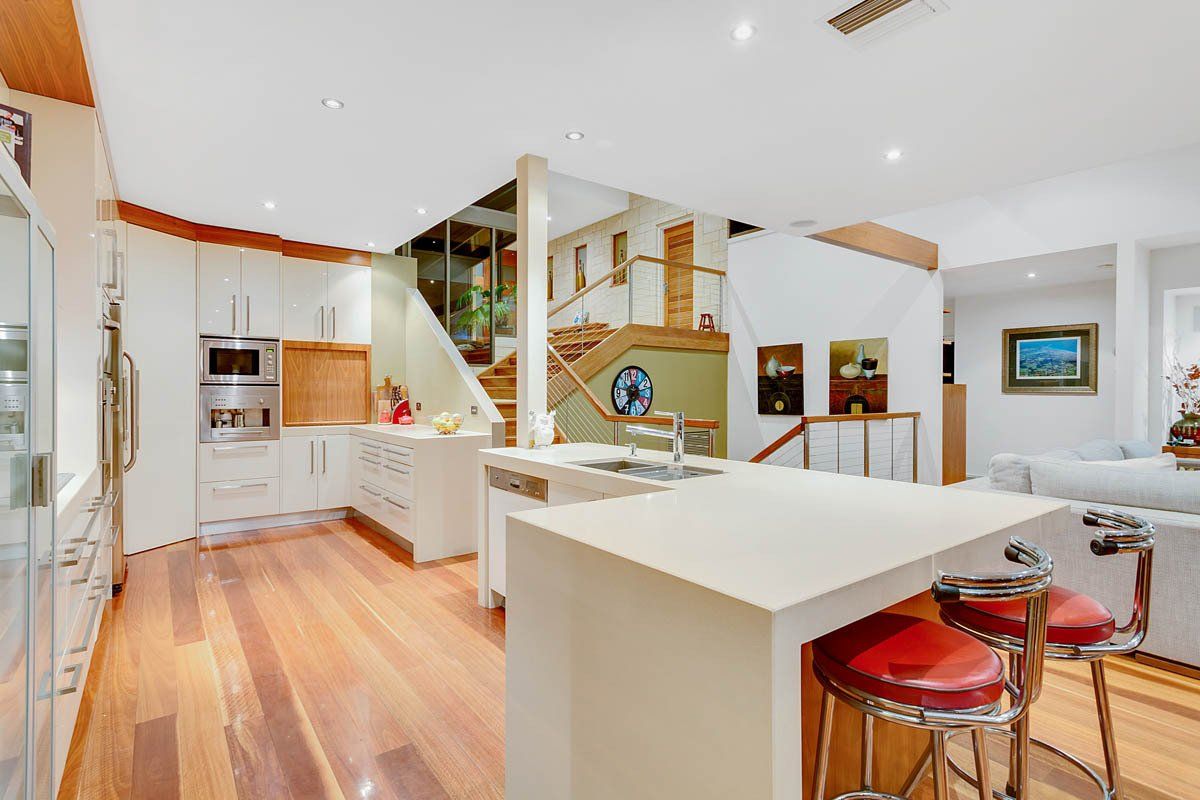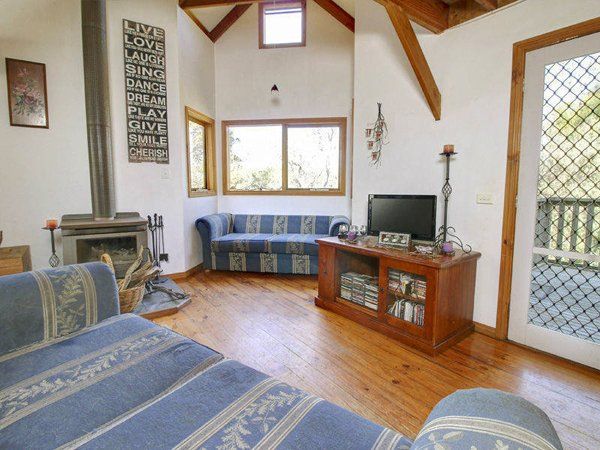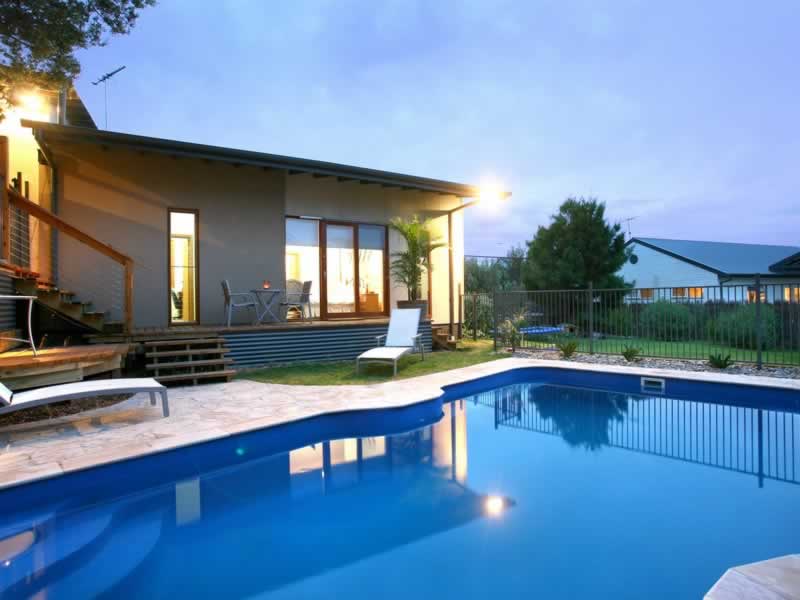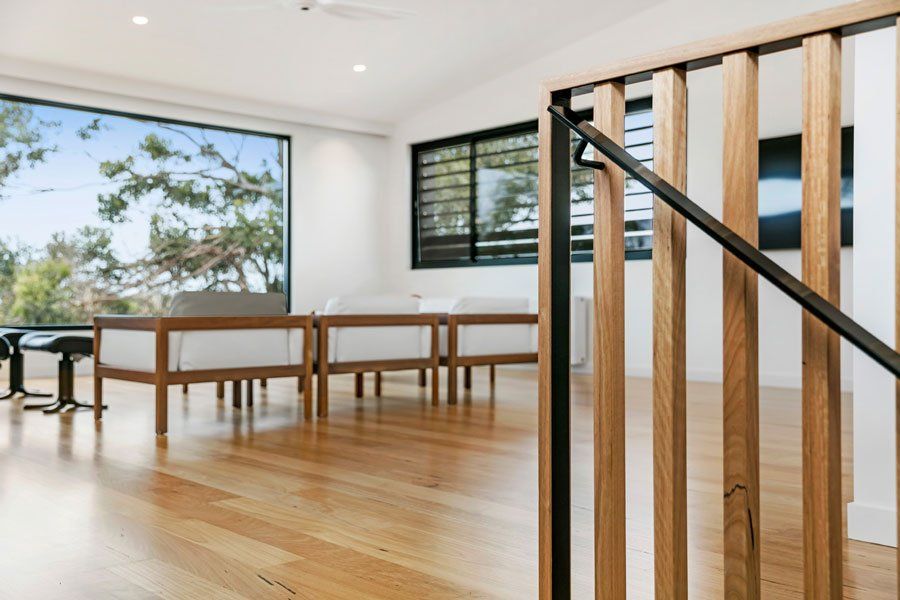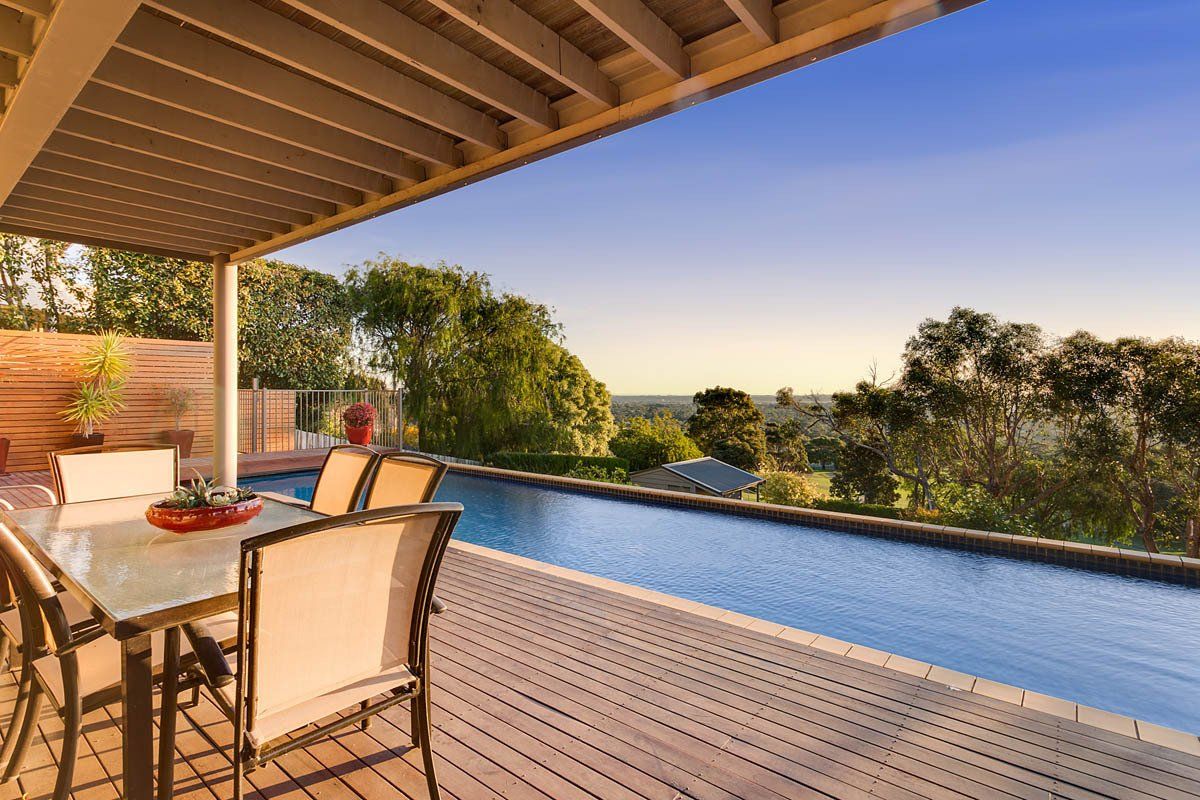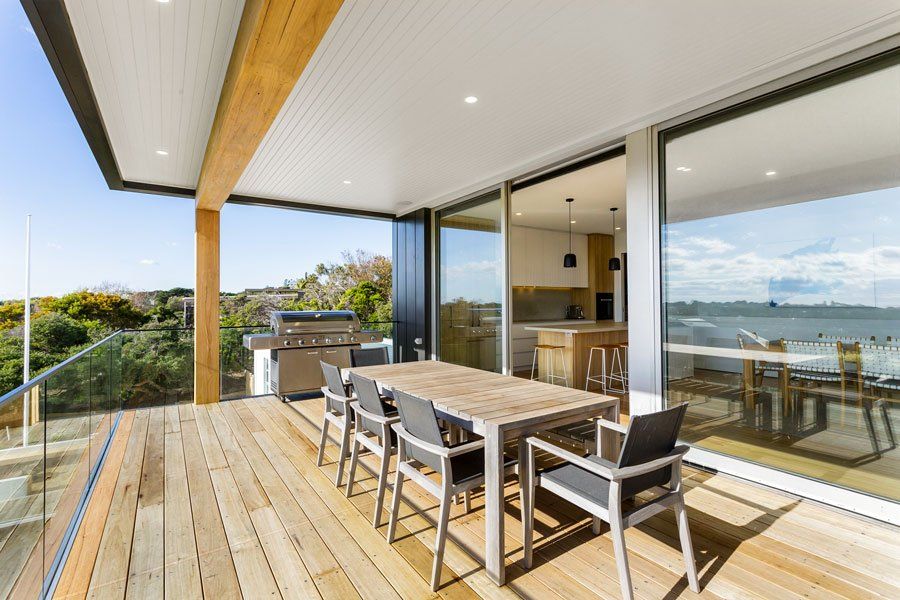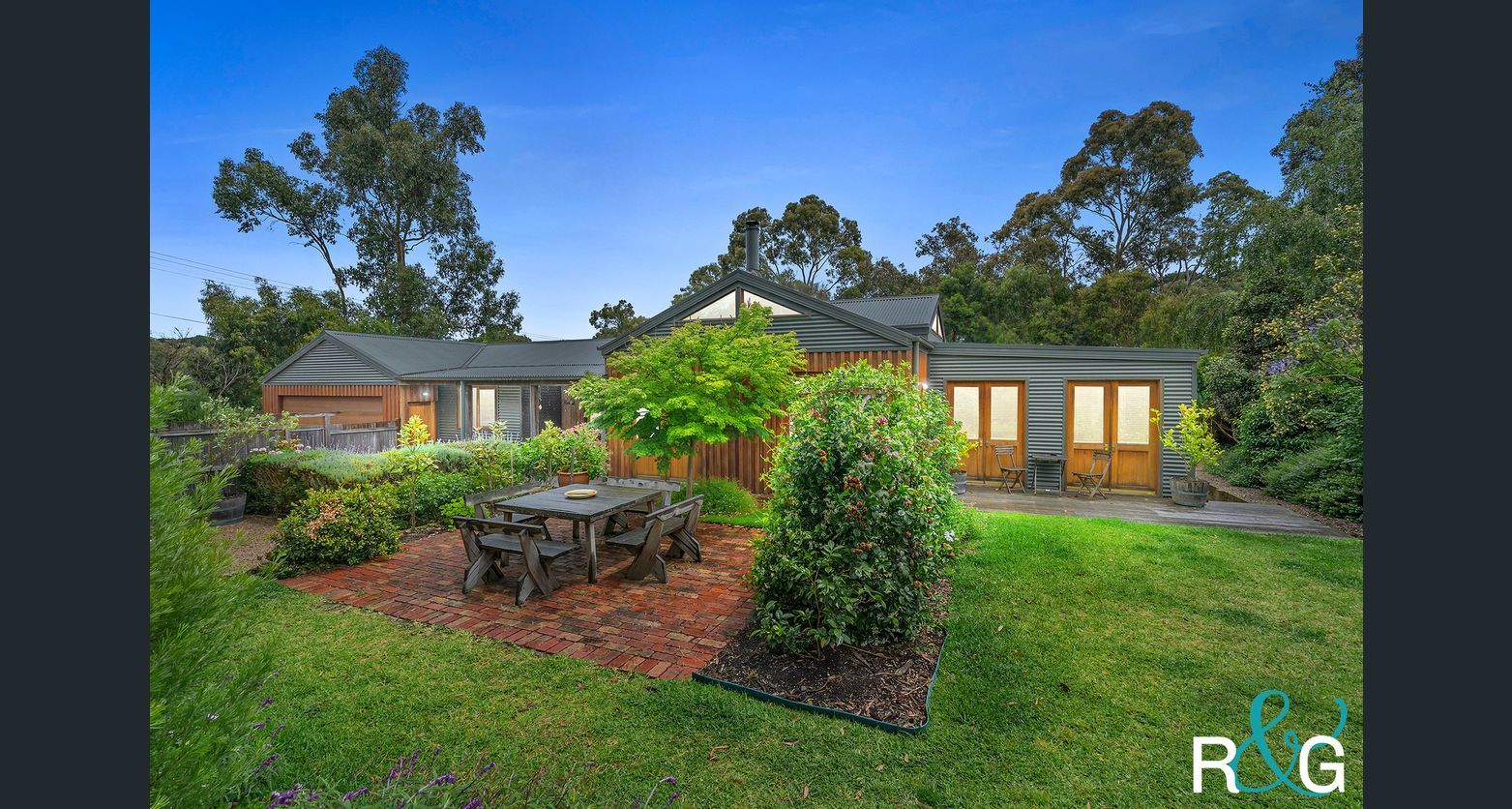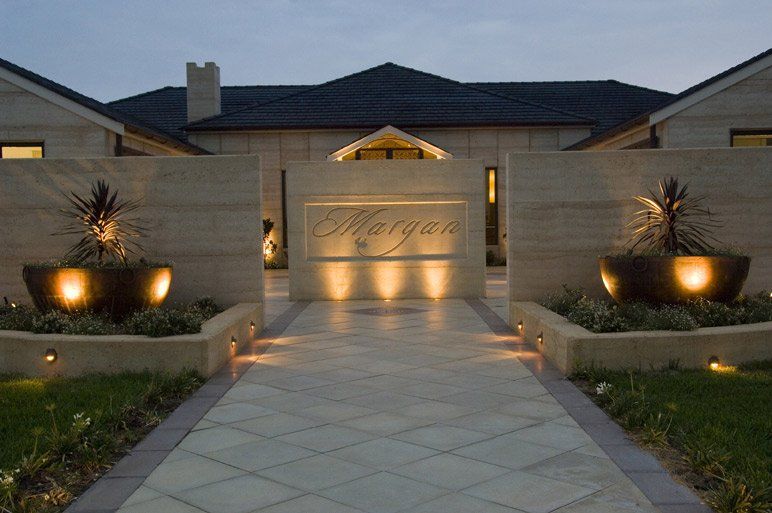Selecting Effecient Glazing
Glazing as part of the external fabric of a building is used to allow natural daylight to enter living spaces and utility rooms inside which contributes to the well-being of the occupants and reduces the energy used for artificial lighting.
It is important that the glazing system enables daylight to enter without the detrimental heat and glare that can accompany direct sunlight. There are many ways that this can be achieved.
When properly selected and orientated, energy efficient glazing can help provide year round comfort and reduce air conditioning energy consumption.
- The main factors are:
- The size and orientation of the windows,
- The amount of shading applied either internally or externally
- The type of glass that is used in the windows.
Windows and other glazed external surfaces have a significant impact on the energy efficiency of a building helping to reduce the overall need for energy consumption. A distinct improvement in comfort levels can be achieved by selecting a beyond compliance solution to glazing for a new or retrofitted development.
Other considerations:
- Northern orientation of living rooms
- Minimising east and west facing windows
- Wider eaves and awnings for shading to control sunlight where needed
- Natural ventilation through windows and doorways
- Increased insulation in the roof space and walls
- Treated glazing, particularly for windows facing west and north-west
- Light coloured roof and external walls where possible
- Ceiling fans in living areas and bedrooms
- Well-designed and located outdoor living areas e.g. decks, verandahs and patios.
Types of Glazing:
- Low E Single Glazing
- Double Clear Glazing
- Low E Double Glazing
- Gas filled Double Glazing
